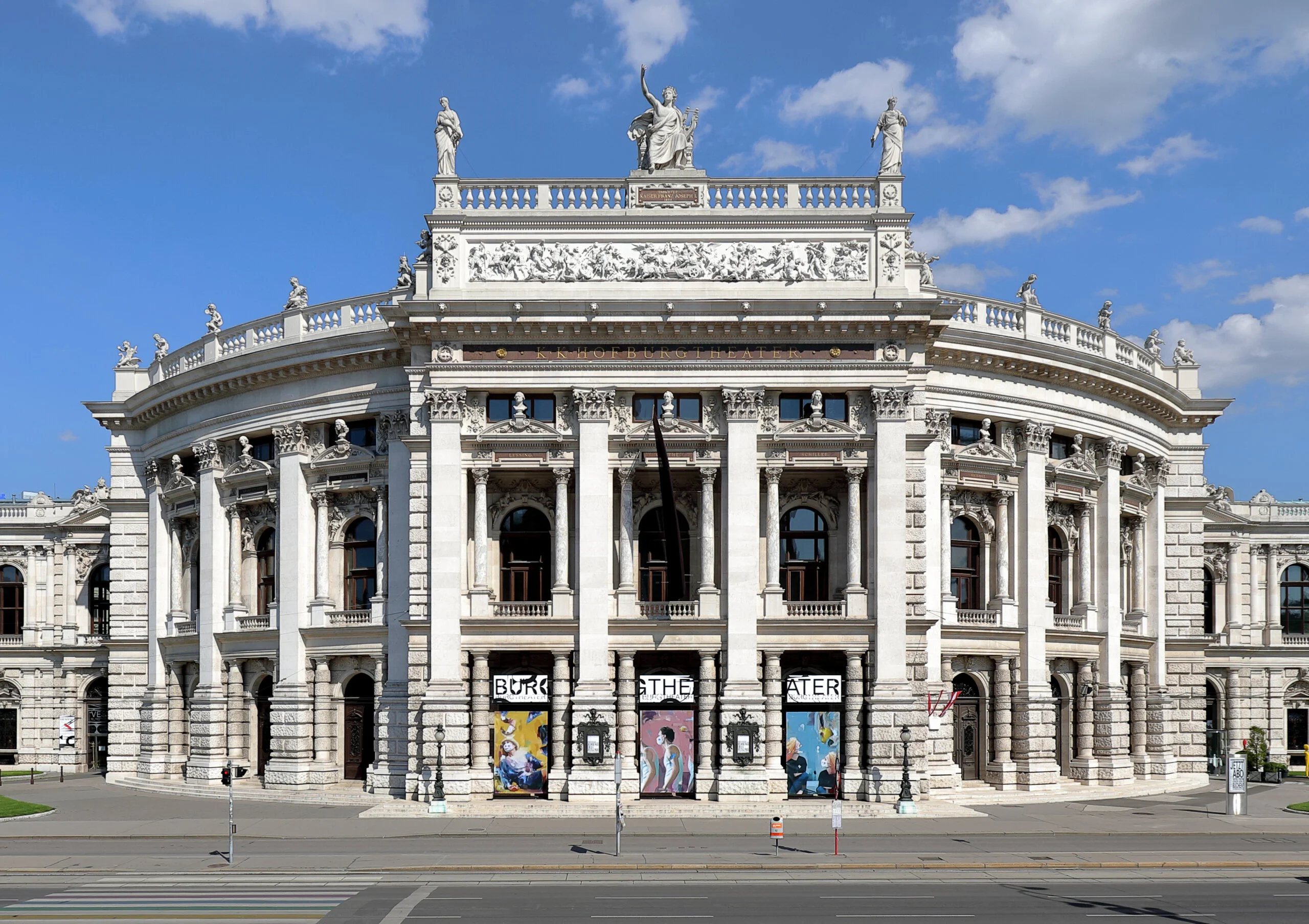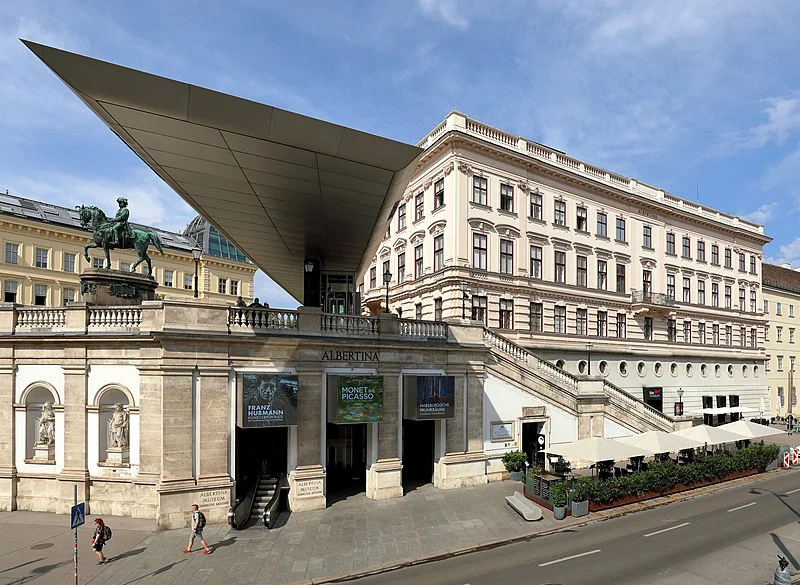Where did the Burgtheater used to stand and how long has this institution existed? Who were famous Viennese castle actors? What makes the Burgtheater so special?
The Burgtheater is the largest spoken theater in the German-speaking world. To play at the castle, as it is briefly and simply called in Vienna, is the goal of every theater actor. End of the 19th c. built by Gottfried Semper (Semper Opera in Dresden) and Karl von Hasenauer. After 14 years of construction, it was inaugurated on October 14, 1888 with Grillparzer’s “Esther” and Schiller’s “Wallenstein’s Camp”. The location is right across from the city hall and the Volksgarten is right next to it. The Burgtheater has a long tradition . The “old” Burgtheater was located on Michaelerplatz, where the main entrance to the Hofburg is today. Around 270 years ago , a ballroom was converted into a theater . The Habsburg family could reach their court lodge from the imperial apartments via a separate entrance. It was already valid in the 19 c. particularly distinguished in the “castle to go. The bourgeoisie and the nobility met and gossip was exchanged, preferably about the castle actors. The actress Charlotte Wolter would become legendary because of her special “Wolter scream” . Attila Hörbiger and Paula Wessely were among the public favorites in the 1940s, and later their children or brother Paul Hörbiger. Josef Meinrad was so popular that the square next to the Burgtheater was named after him. In the beginning, the Burgtheater, which outwardly resembled the Semperoper in Dresden, was very popular due to its splendor and technical innovations (electric lighting) . Soon, however, the Viennese did not spare criticism because of the poor acoustics . This problem was solved by a reconstruction of the auditorium in 1897. After that, the theater’s good reputation was unstoppable and it developed into a meeting place for the rich and beautiful. A special feature connects the Burgtheater with the Volksgarten. An underground ventilation system (Schwammerl) draws the scent of roses from the Volksgarten into the Burgtheater. Emperor Franz Joseph wanted to breathe in the scent of roses in the Burgtheater. The stale air is released again via the roof. There used to be showers and sun loungers on the roof for the actors as well, but these were not provided after the damage in World War 2. In 1945, during the great air raid on Vienna, the Burgtheater suffered bomb hits and burned out completely. The Ronacher (today popular as Musical theater) was used as an alternative location until the Burgtheater on
October 14, 1955 was reopened.
There have also been negative headlines about the “Burg”.
The play “Heldenplatz” by Thomas Bernhard caused a scandal even before its premiere. Hermann Nitsch ‘s performance art in 2005 didn’t please everyone either. And a financial scandal rocked the house in 2013/2014. As with the Vienna State Opera, the Burgtheater also offers a repertoire program. I.e. the program changes every day. The Burgtheater also includes the Akademietheater, the Vestibül and the casino on Schwarzenbergplatz. In summer, during the play-free period, the Burgtheater serves as a beautiful setting for the dance festival “ImPulsTanz”, one of the largest European dance festivals. Time Travel Tip: You can admire the ceiling painting in the staircase during guided tours, which take place daily in summer during the intermission and are adapted to the performance schedule during the rest of the year. This was designed by Gustav Klimt, his brother Ernst and his colleague Franz Matsch . More info: Online stream | Burgtheater Image source: https://commons.wikimedia.org/wiki/File:Wien_-_Burgtheater,_Hauptfassade.JPG



